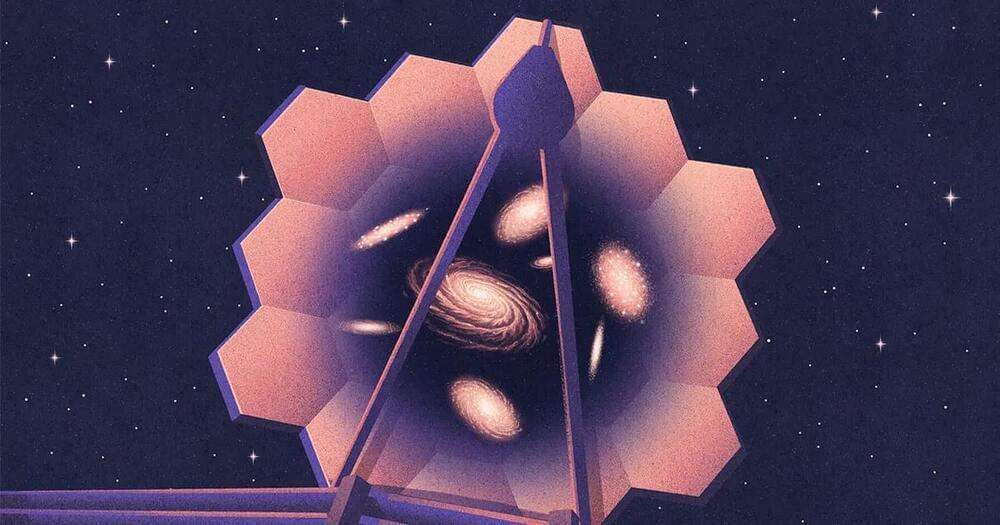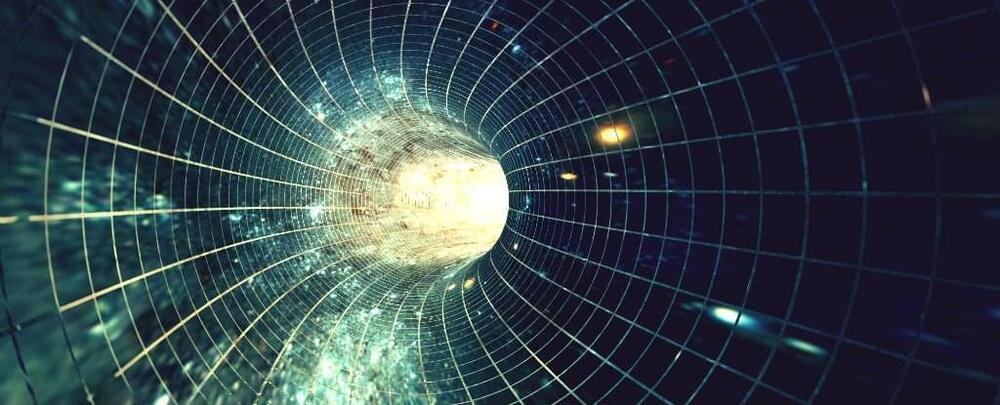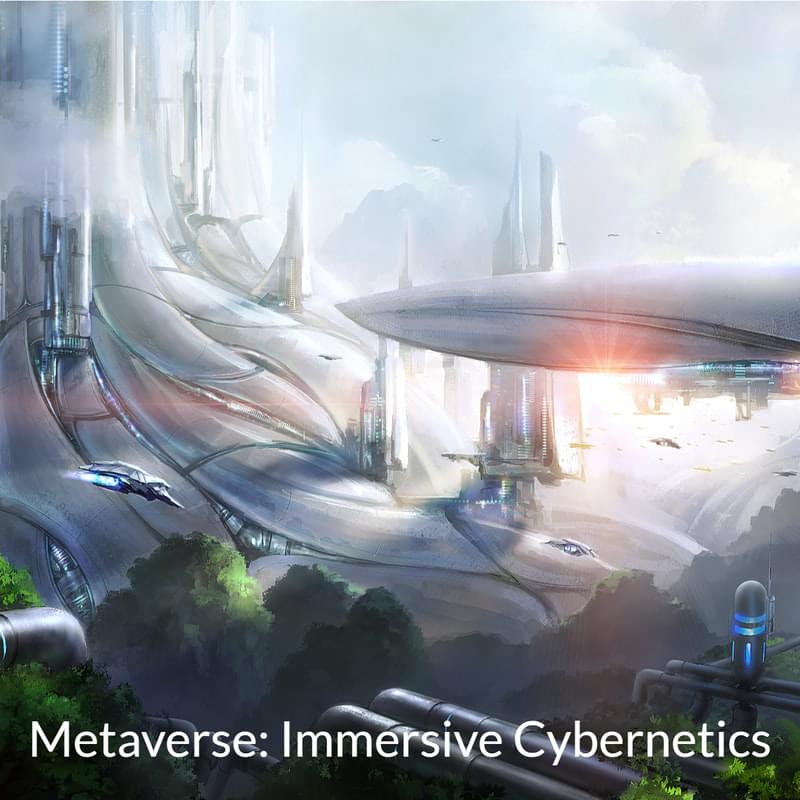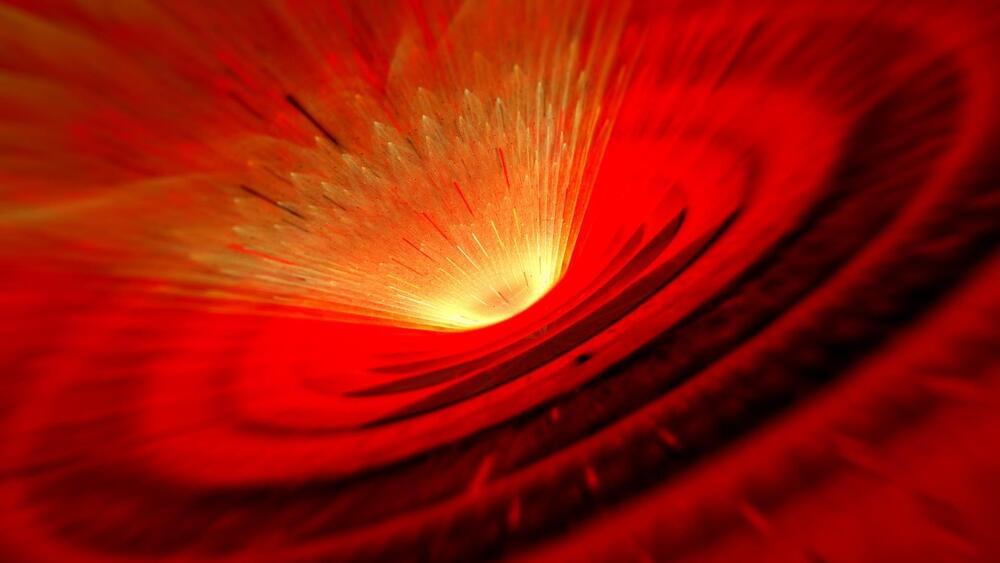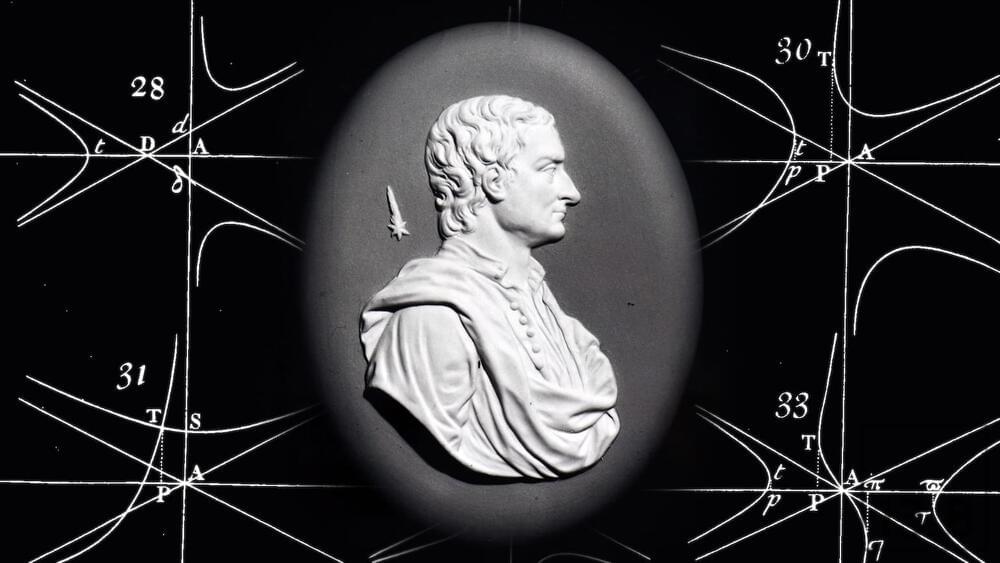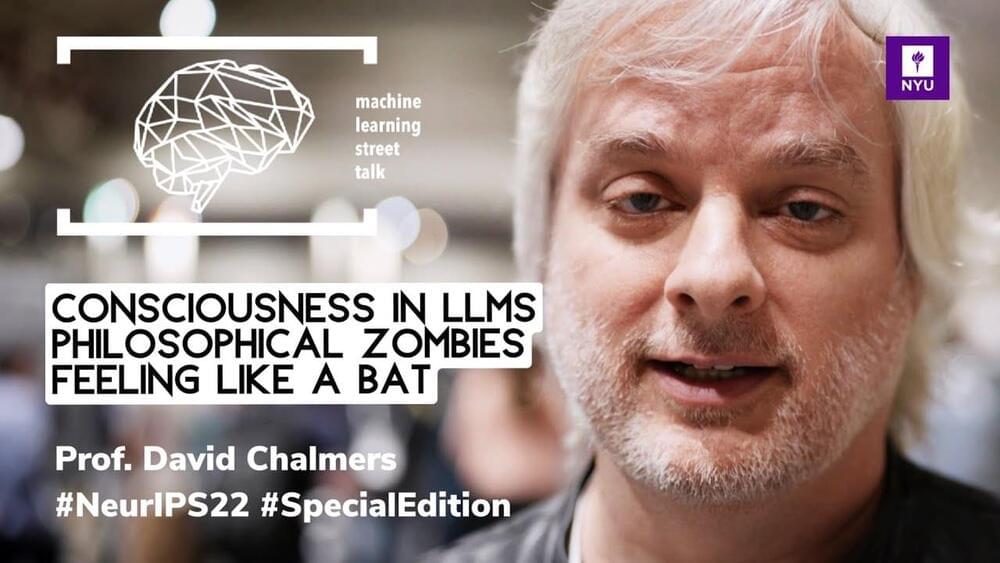Dec 26, 2022
J. Robert Oppenheimer cleared of “black mark” against his name after 68 years
Posted by Quinn Sena in categories: physics, security
😗
Nearly 70 years after having his security clearance revoked by the Atomic Energy Commission (AEC) due to suspicion of being a Soviet spy, Manhattan Project physicist J. Robert Oppenheimer has finally received some form of justice just in time for Christmas, according to a December 16 article in the New York Times. US Secretary of Energy Jennifer M. Granholm released a statement nullifying the controversial decision that badly tarnished the late physicist’s reputation, declaring it to be the result of a “flawed process” that violated the AEC’s own regulations.
Continue reading “J. Robert Oppenheimer cleared of ‘black mark’ against his name after 68 years” »




